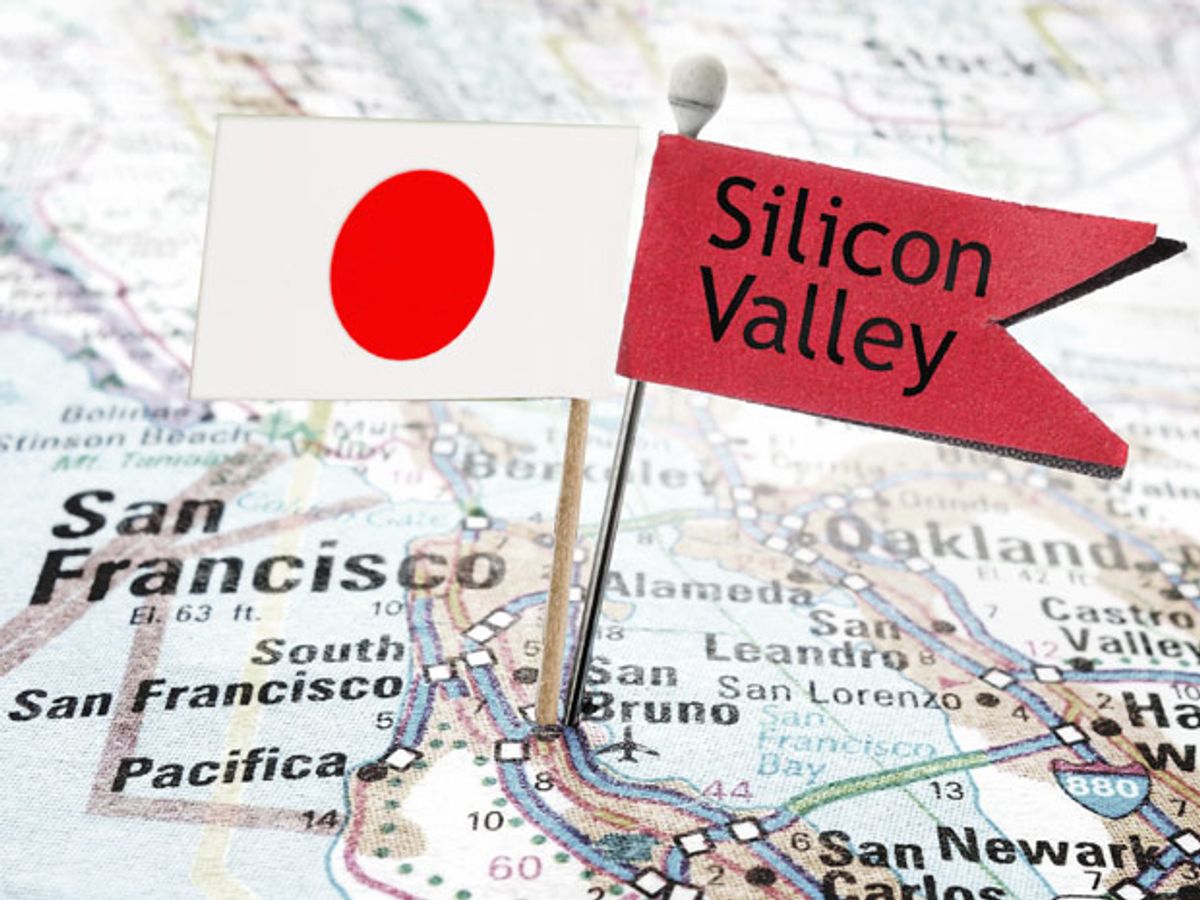During the1970s and ‘80s, Japanese electronics manufacturers like Toshiba, NEC, Hitachi, Sony, and Panasonic reigned supreme in memory chips, displays, and consumer electronics. Then along came the Korean chaebols led by Samsung, followed by smaller, nimbler Taiwanese manufacturers, who together toppled the Japanese giants, just as the Japanese had previously dethroned U.S. rivals such as Fairchild, RCA, Zenith, and Motorola.
But whereas the United States’ strength in entrepreneurship has helped it recover and move on to create new game-changing technologies, Japan is still struggling to get out of its stagnant rut.
One way Japanese corporations can do this, suggests Richard Dasher director of Stanford University’s US-Asia Technology Management Center, is to take a leaf out of Silicon Valley’s playbook and adopt more open innovation, rather than continuing to rely on their primarily closed, internal R&D systems.
Dasher, speaking to the foreign press in Tokyo on 11 September, explained that Silicon Valley-style open innovation emerges in an advanced economy after major corporations have consolidated their position at home and overseas. At this stage of economic development, entrepreneurial types become dissatisfied with the opportunities available in a big company and look to work for themselves to bring new products and ideas to market—perhaps disrupting the status quo in the process.
At the same time large companies begin to fear stagnating and losing competitiveness and smart employees. But given that a typical company spends 90 percent of its R&D budget on development, “for the last 25 to 30 years in the U.S., companies have been looking outside to get new ideas that will integrate with what they have in the company in order to improve the pipeline for new ideas,” says Dasher. As a consequence, some 90 percent of successful U.S. start-ups enter the market not via an initial public offering, but rather through acquisition by large corporations.
By contrast big Japanese companies tend to look for external partners to fill a particular niche, which is more like outsourcing.
As for hallmark Japanese management characteristics such as the life-time employment system that served so well during the high growth and consolidation years, it now “looks like an inflexible labor market” when you have to move “even faster in an economy where’s there’s much more disruption,” notes Dasher.
There are other hindrances as well, such as the superior status employees of a major company may exhibit towards staff of a small acquisition. Even Japan’s famed customer service can become a problem, “for it can turn the company into something that’s reactive,” says Dasher. “If the customer doesn’t already want it, we won’t bother with it.”
On the other hand, he notes that the Japanese government has been laying the foundations for open innovation for the past two decades. He points to the government-university-industry consortiums, the pressure being put on universities to become more innovative, the changes being made in work regulations and labor policy, and the encouragement of small- and medium-sized business to compete for government contracts. Some Japanese companies have also begun backing venture captial-funded firms, one example being the $300 million investment in World Innovation Lab, which focuses on start-ups both in Japan and in Silicon Valley.
“If Japanese companies get really hungry again and regain their drive … they will be powerhouses,” says Dasher. “There is a lot of good technology. There are a lot of good people—you just have to incentivize them in the right way.”




